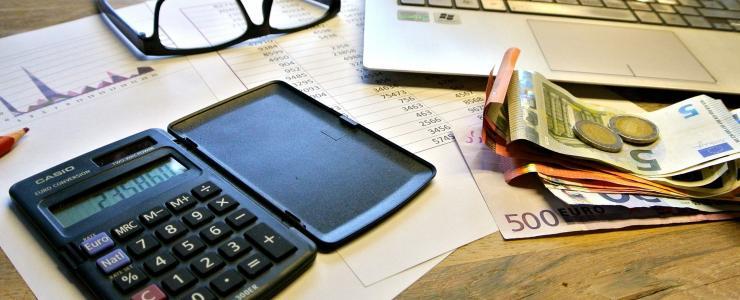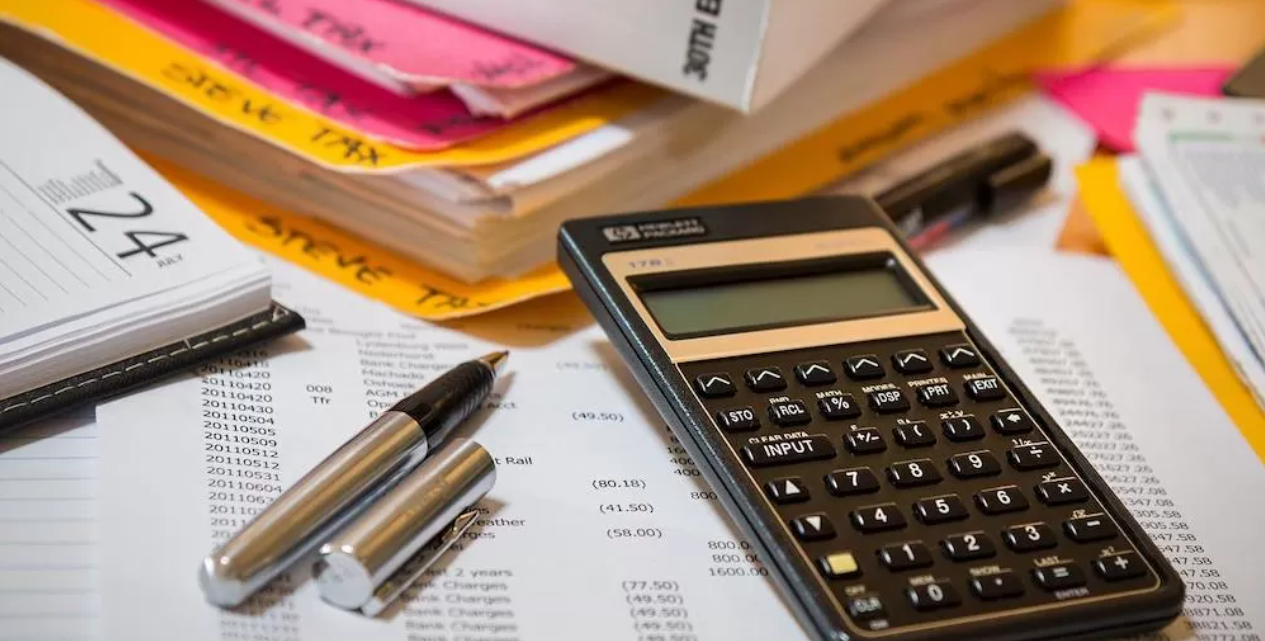
The purchase and sale of a non-developable property is a complex process, which can be lengthened in time for different reasons, such as the agreement of obligatory and/or additional payments. It seems obvious, but the first step is to fix a price, which it is advisable to obtain from an appraisal or cadastral valuation. It is also important to know the taxes for the purchase and sale of rural land that must be paid when buying and selling a rural plot. To do so, it is necessary to know that these costs can be direct or indirect.
This is a tricky issue, as it is often difficult to reach an agreement on the amounts that must be negotiated between both parties. Both buyers and sellers seek to avoid the additional outlays required by this procedure. Many of the expenses can be negotiated, except for some taxes, such as personal income tax or property tax, among others.
There are a number of costs in the process of buying and selling a plot of undeveloped land, which are not covered by any regulations. Therefore, the buyer and seller have to come to an agreement to establish who bears them:
In relation to the costs between both parties, the most advisable thing to do is to formalise the negotiation before carrying out the procedure of the sale of the rural property. A disagreement or any confrontation with this issue can damage the whole commercial operation or put an end to it.

Although there is no obligation, it is advisable to go to the Land Registry to check the status of the land, as its classification may have changed over the years since it was acquired.
In general terms, the exemption from paying the capital gains tax are rural properties and houses located in the old city centres or in buildings of public and/or social interest, with artistic, cultural or historical value.
Both offer the possibility to know the value of a property from different points of view, as well as its yield after the initial investment. There are major differences, but the most important one is that the cadastral value must be lower than the market value. In fact, many experts recommend that the difference should be around 50%.
Main differences between the two:
The market cost is subject to different variants such as the demand for the property, the economic situation, the location, the state of the land, etc. On the other hand, the cadastral valuation does not depend on any phenomenon and is based on a series of attributes of the property itself.
The cadastral amount is the starting point from which the costs of taxes such as IBI, IRPF, ITP, IAE, IIVTNU or Plusvalía, etc. are obtained. On the other hand, the market price is calculated during the purchase process, after carrying out an appraisal of the plot of land, which is used to determine the amount for which the property should be sold. In this way, it is possible to deduce the profitability that the seller will obtain. It should be noted that the administration will verify whether the sale price exceeds the minimum price it considers relevant.
The cadastral value is calculated by a group of professionals, who are responsible for defining the amount that will be fixed at the land registry office. The legislation stipulates how each property is to be assessed, depending on its technical aspects. Meanwhile, the market price is influenced by the area, the characteristics, size, location, municipality etc.
The precise deduction of the cadastral value and the correct assessment of the market value are two fundamental aspects for the purchase and sale of a property. The most important aspects involved in the calculation of both values are:
Different elements influence the final value, among them: location, building costs, exploitation or activity to which it is destined, state, age, land, etc.
There are a series of tips for perfecting it, which leads to an optimisation of the cost of compulsory taxes. The first thing to do is to check that the cost of the cadastre does not exceed the market cost. In addition, it is necessary to corroborate the type of land and the history of the property.
In the end, the seller of the land is responsible for establishing the selling price, but it is advisable to do so with the help of a professional related to the real estate sector. If the amount set is attractive, it will attract the attention of more interested parties, but if it is too high, it may lose all the attraction of the property.
Normally, a price is usually set in accordance with the current market situation and the type of land being offered. For this, it is very important to study the real estate market and to count on the services of experts in valuation, in order to establish an amount that is the most adjusted to the economic reality of the moment.
We hope we have been able to clear up any doubts you may have regarding taxes for the purchase and sale of rural land.
If you are thinking of selling or buying rustic land on the Costa Blanca, contact Brassa Homes® - Expert estate agents on the Costa Blanca since 1979.